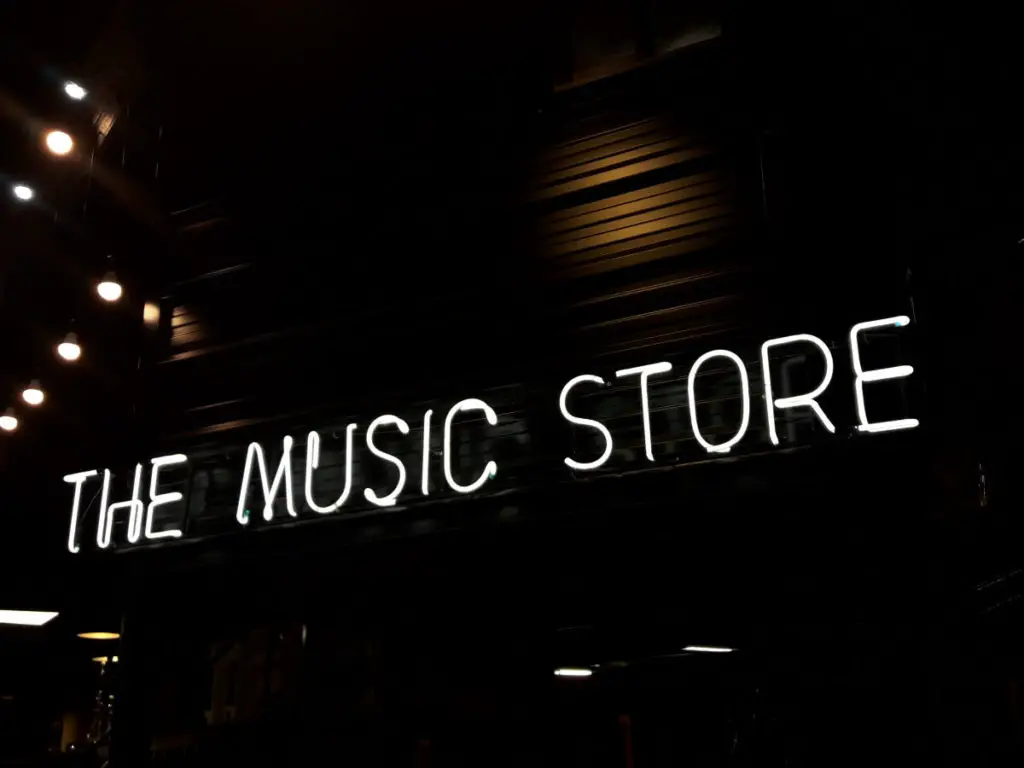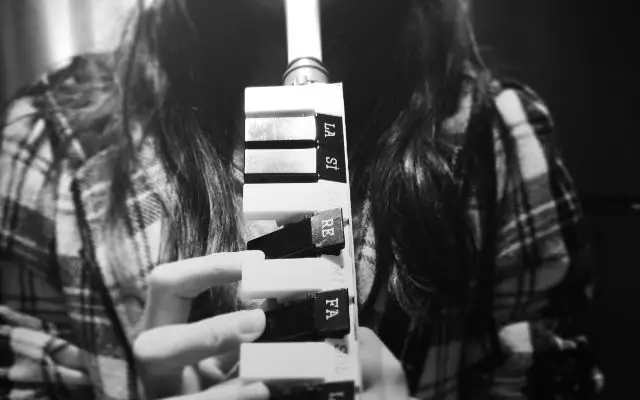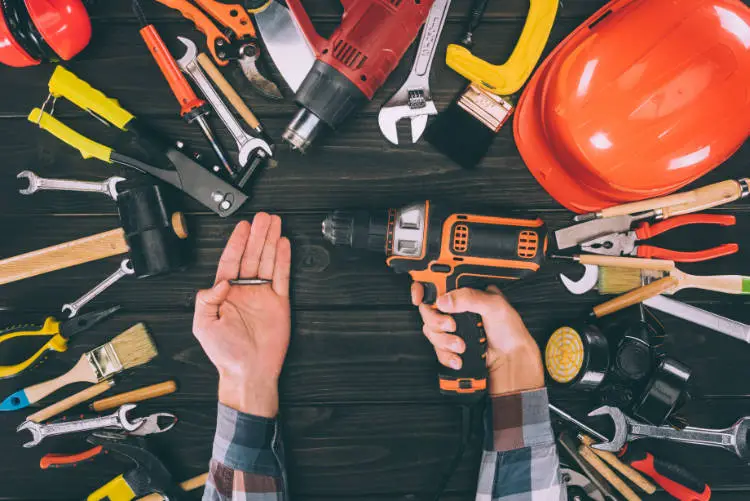If you’re new to the world of melodicas and you’re looking for your first one, it can be difficult to know where to start. There are so many different types of melodicas to choose from, it can be overwhelming. Knowing how to buy a melodica, like most other instruments, is about arming yourself with the right knowledge.
If you’re looking to buy a more professional level melodica, check our guide to some of the best professional melodicas on the market.
Where to start when choosing a new melodica
The first thing you’ll want to do is decide what specifically you’ll be using the melodica for. Is it for learning music in general, playing for fun as a hobby, or playing with a band? For learning or playing for fun, quality will be less of an issue, but it’s not something to ignore.
Some of the articles on our site contain affiliate links. We're careful about what we review and recommend. As an Amazon Associate, we may earn something small from qualifying purchases. Thanks for the support!
Consider your budget
For many people just starting out, the best option is to look for an entry-level melodica from a well-known brand. The biggest mistake many people make, though, is buying the cheapest melodica they can find regardless of the quality. Usually, they regret this decision as later on they’re stuck with an inferior instrument that ends up causing them problems.
While you can find a decent melodica under $40 these days, just understand that you will be purchasing an instrument mostly made of plastic with lower-quality reeds and overall construction. A melodica at this price point will most definitely show its weaknesses around durability and sound quality.
If budget isn’t as much of a barrier, then consider spending more for an intermediate or professional level melodica. The great thing about melodicas is that you don’t have to spend thousands of dollars to get a top-of-the-line instrument. Some of the best melodicas on the market run under $200.
If you’re simply looking for something fun to play, or you’re wanting to test the waters before jumping into a higher quality melodica investment, a budget melodica is still a great option. And once you do decide to spend a bit more on a better model, your entry-level melodica can become your travel companion or your beach bonfire instrument.
Who is this melodica for?
Also, if you’re picking up a new melodica for a young child, who may or may not play it for a couple of days and then forget about it, a cheap melodica might be the smart way to go. However, if you’re shopping for an experienced musician or a more serious beginner, consider spending a little more right from the start.
Kids love things that make noise. And melodicas are super tactile instruments. Even lower-end models can spark something long-lasting in a kid. So, if budget is a concern, grab a $30 melodica and let them play to their heart’s content.
An adult or an experienced young musician might find it more difficult to enjoy playing a lower-quality instrument. Remember that the more fun something is to play, the more it will be played. If you love the way a melodica feels and sounds, the more you will practice. Make sure to consider the person who will be playing the melodica before you make the purchase.
Some details to look for with a new melodica
So, what are you spending your money on when you decide to buy a higher quality melodica? If you’ve decided to go the budget route for now, you have a few decent options, and you don’t need to worry too much about the nitty-gritty of the details of the instrument. But if you’re spending more, here’s what to look for.
The melodica keyboard
Consider things like keyboard action, which is how the keys respond when you press down on them. Many cheaper melodicas will have a lighter, inconsistent feel across the keyboard. Higher quality melodicas will have a weightier, more solid feel to all the keys. If you can’t get to a music store, online reviews are very helpful for details like this. Also, make sure to check our guides too.
Melodica reeds and tuning
It’s fairly common for lower-end melodicas to have some issues with tuning. Often, some keys are tuned to pitch while others are flat or sharp. There are some good quality budget melodicas out there, just make sure you’re buying from a well-known brand and read the reviews.
High-end melodicas don’t have as many problems with tuning, but be aware that all melodicas will need to be tuned at some point. Also, it’s common for melodicas to be tuned slightly sharp or flat. As long as all of the keys are tuned to each other, this isn’t a problem.
Overall construction of your melodica
As mentioned, lower-end melodicas are almost always constructed entirely of plastic. As long as it’s thicker plastic and it’s put together well, this isn’t a problem. However, intermediate and professional level melodicas are often constructed at least partially of metal or even wood.
Paying a premium for great construction not only provides a better playing experience, but it pretty well ensures that your melodica will last for many years to come.
Types of Melodicas
Once you’ve considered who you’re purchasing the melodica for, and you’ve armed yourself with some knowledge, the next thing to figure out is what kind of melodica you want. There are five basic types of melodicas to consider: Soprano, alto, tenor, bass, and
The most common types are the soprano, alto, and tenor melodicas. The soprano melodica is the highest-pitched, and the alto melodica is slightly lower-pitched with both melodicas usually played with two hands on the keys. Very often the alto melodica can also play in the soprano range.
The tenor is pitched lower still, and it’s normally played with one hand on the keyboard and the other hand holding the melodica. The rarest type is the bass melodica, which is the lowest-pitched and is used for playing bass lines. These melodicas are the largest and often the most expensive. Sometimes the tenor and bass melodicas are played on a table or a stand with an air tube, so the player can use two hands on the keyboard.
The
How Will You Use Your Melodica
Lastly, the setting that your melodica will be used in is a crucial thing to consider. Durability, sound quality, and playability are all really important to a purchasing decision.
If you’re planning on playing the melodica in a band or performing solo, then you’re going to need an intermediate-level instrument at the very least. Remember that this instrument is not only going to have to sound good but also be sturdy enough to handle the rigors of the road night after night. Make sure you get a good quality carrying case for the melodica to keep it safe while transporting.
While there’s nothing wrong with looking for the best deal, make sure you choose a trusted brand with good reviews. Don’t rush into your purchase. Look around and give yourself enough time to find the right one.
A good rule of thumb is to look for the best
How to buy a melodica wrap up
When considering how to buy a melodica, remember the following points:
- Think carefully about who will be playing the new melodica and determine their needs.
- Decide what you’ll be using the melodica for. (Learning, hobby, playing in a band.)
- Decide what type of melodica you want to play.
- Figure out your budget and look for the best
melodica you can afford. - Choose a well-known brand and read the reviews.
- Don’t rush into your purchase, take your time and get the melodica you want.



